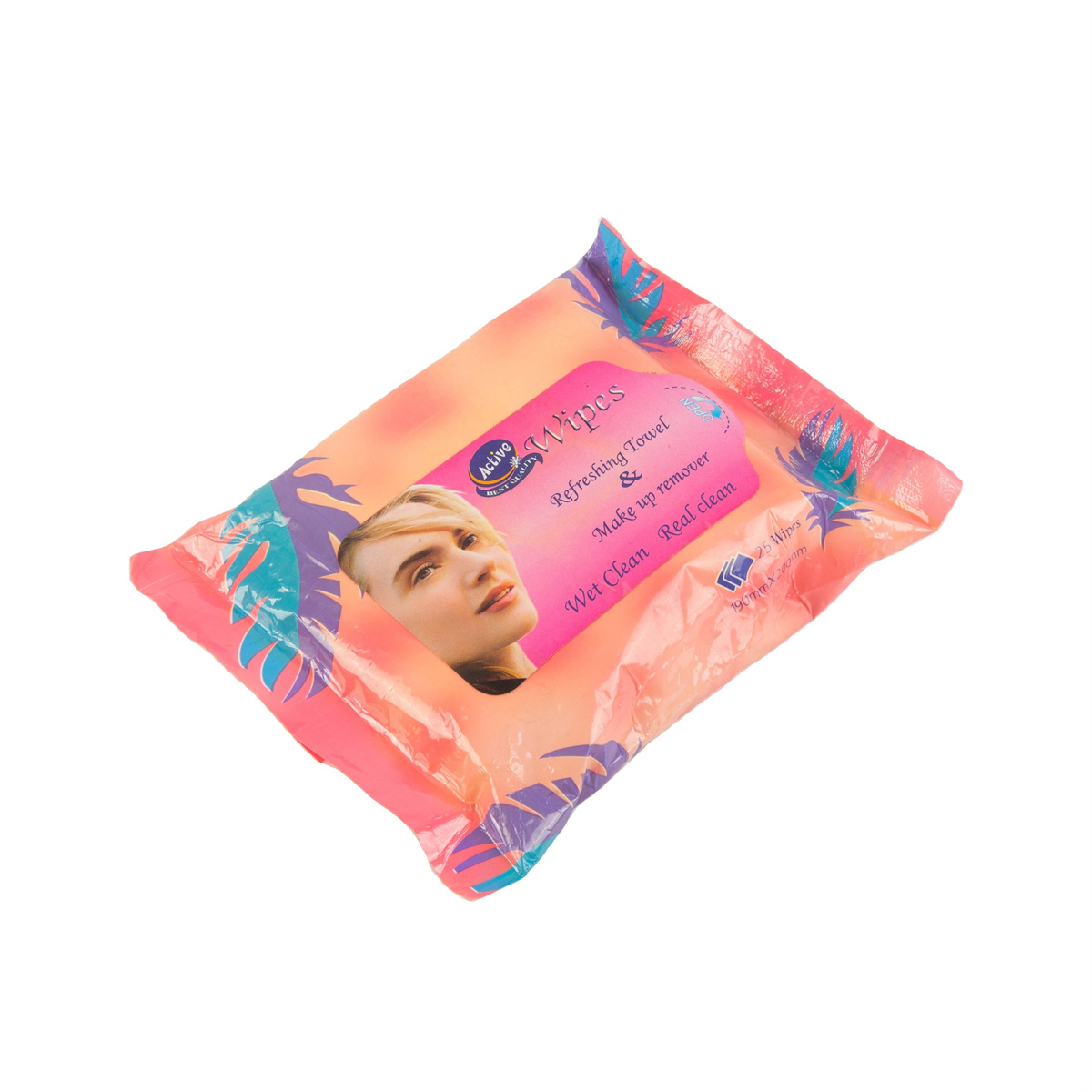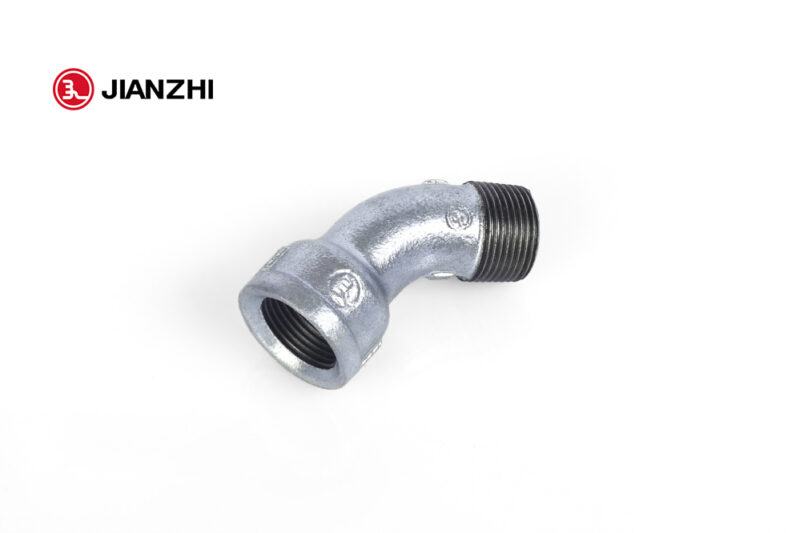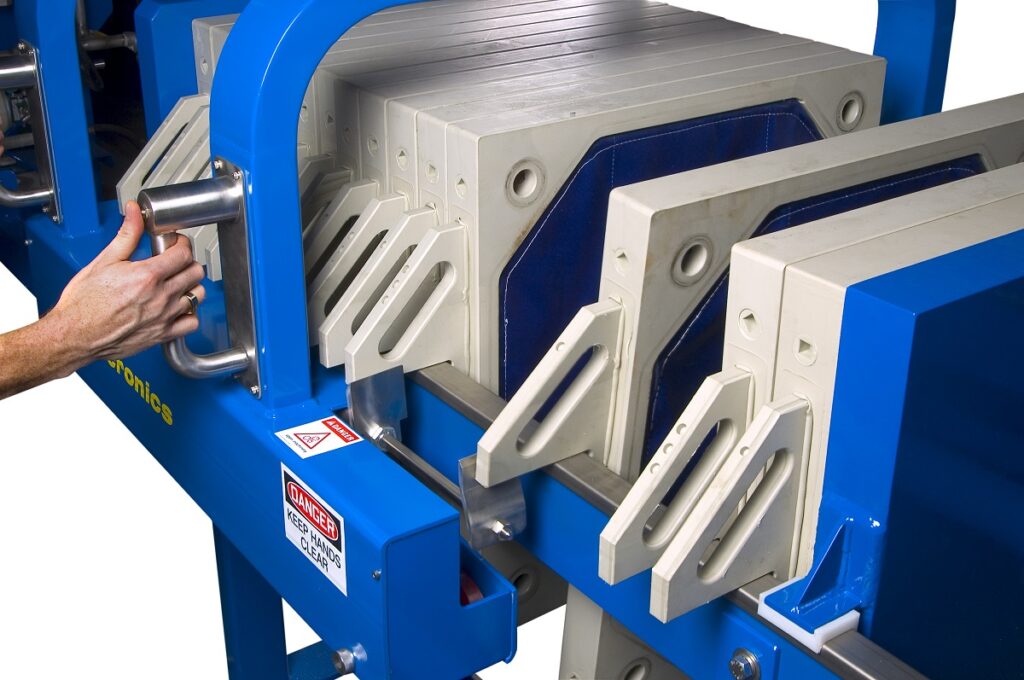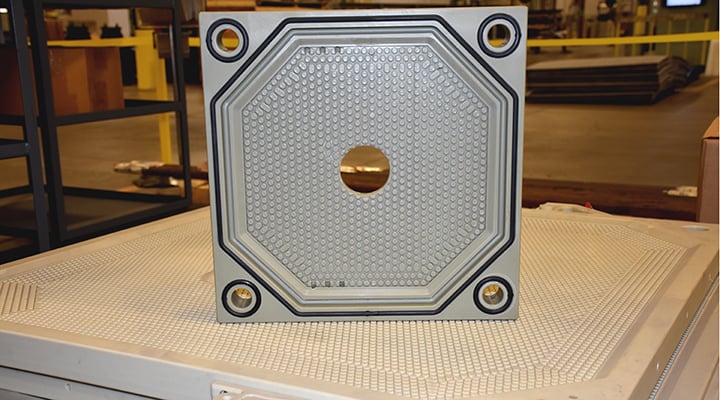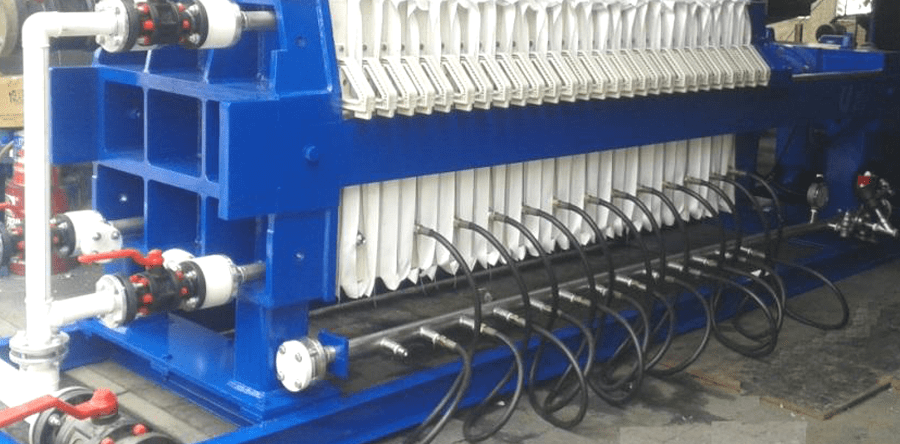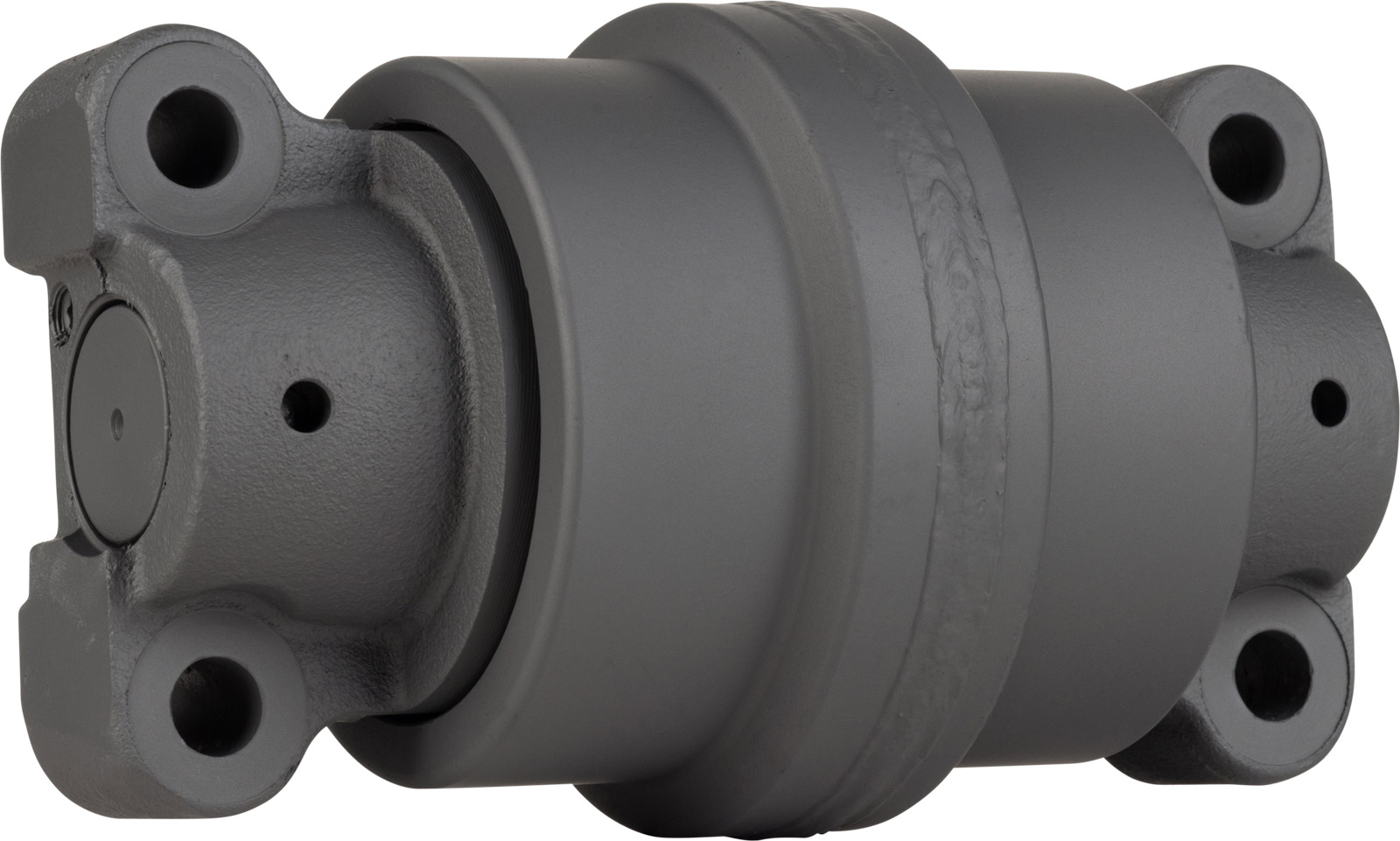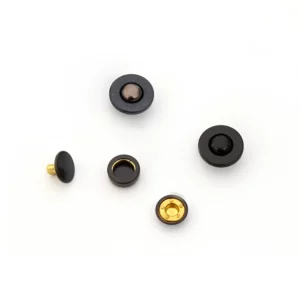Discover the importance of proper filter press cloth cleaning and learn effective methods for maintaining optimal filtration performance. This article provides insights into the significance of regular cleaning, the common challenges faced, and practical tips for enhancing the lifespan of filter press cloths.
1.1 Importance of Filter Press Cloth Cleaning
Regular cleaning of filter press cloths is essential to maintain their filtration efficiency. Over time, filter cloths accumulate debris, sediment, and particulate matter, leading to reduced filtration capacity. Cleaning helps prevent clogging, improves the flow rate, and ensures consistent filtration performance. Neglecting proper cleaning can result in increased downtime, decreased productivity, and compromised product quality. Understanding the significance of filter press cloth cleaning is crucial for optimizing filtration processes.
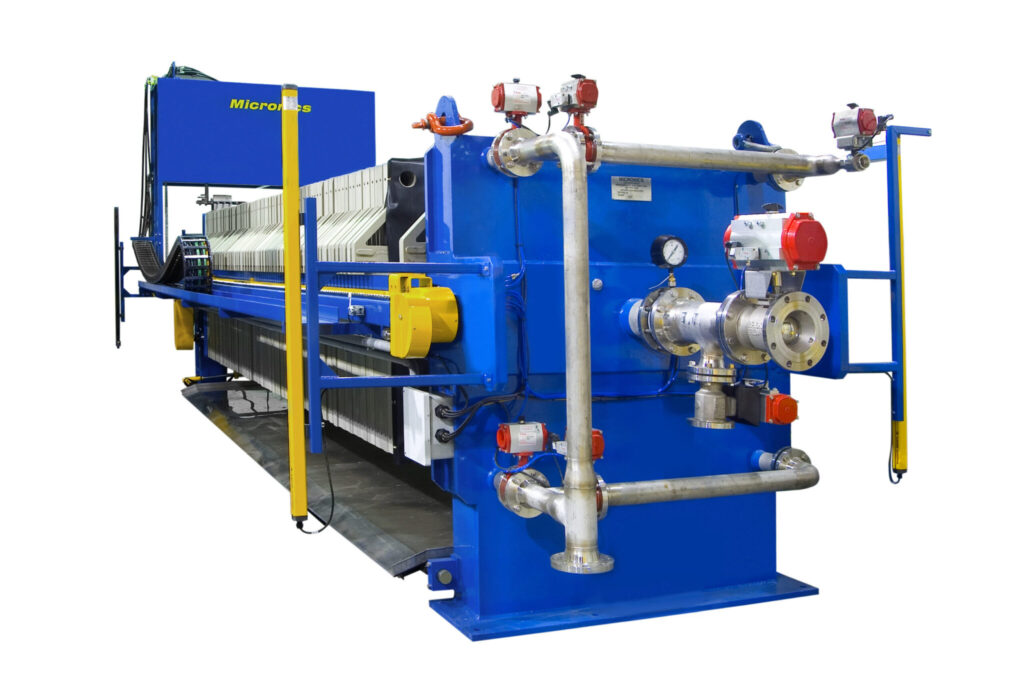
2.1 Common Challenges in Cleaning Filter Press Cloths
Cleaning filter press cloths can be challenging due to various factors. The accumulation of stubborn solids, such as oil, grease, or chemical residues, can make cleaning more difficult. Additionally, the delicate nature of filter cloths requires careful handling to avoid damage. It is important to address these challenges effectively to maintain the longevity and performance of filter press cloths.
3.1 Effective Cleaning Methods for Filter Press Cloths
Several cleaning methods can be employed to ensure proper maintenance of filter press cloths. Mechanical cleaning techniques, such as brushing or scraping, remove surface debris and solids. Chemical cleaning involves the use of specialized cleaning agents to dissolve and remove contaminants. Additionally, water rinsing can help flush out loose particles and improve cloth cleanliness. A combination of these methods can be tailored to suit specific cleaning requirements and maximize the effectiveness of filter press cloth cleaning.

4.1 Tips for Successful Filter Press Cloth Cleaning
To optimize filter press cloth cleaning, certain tips and best practices should be followed. Regular inspection and preventive maintenance can help identify issues early on and prevent severe damage. Proper training of personnel involved in the cleaning process ensures consistent and safe practices. Additionally, following manufacturer recommendations, using compatible cleaning agents, and implementing a regular cleaning schedule contribute to efficient cloth cleaning and extended cloth life.
Conclusion:
In conclusion, effective filter press cloth cleaning is crucial for maintaining optimal filtration performance. By understanding the importance of regular cleaning, addressing common challenges, and implementing appropriate cleaning methods, the lifespan and efficiency of filter press cloths can be significantly enhanced. Proactive maintenance, careful handling, and adherence to recommended practices are key to successful filter press cloth cleaning. Invest time and effort in proper cleaning techniques to ensure uninterrupted filtration operations and achieve high-quality filtration results.
